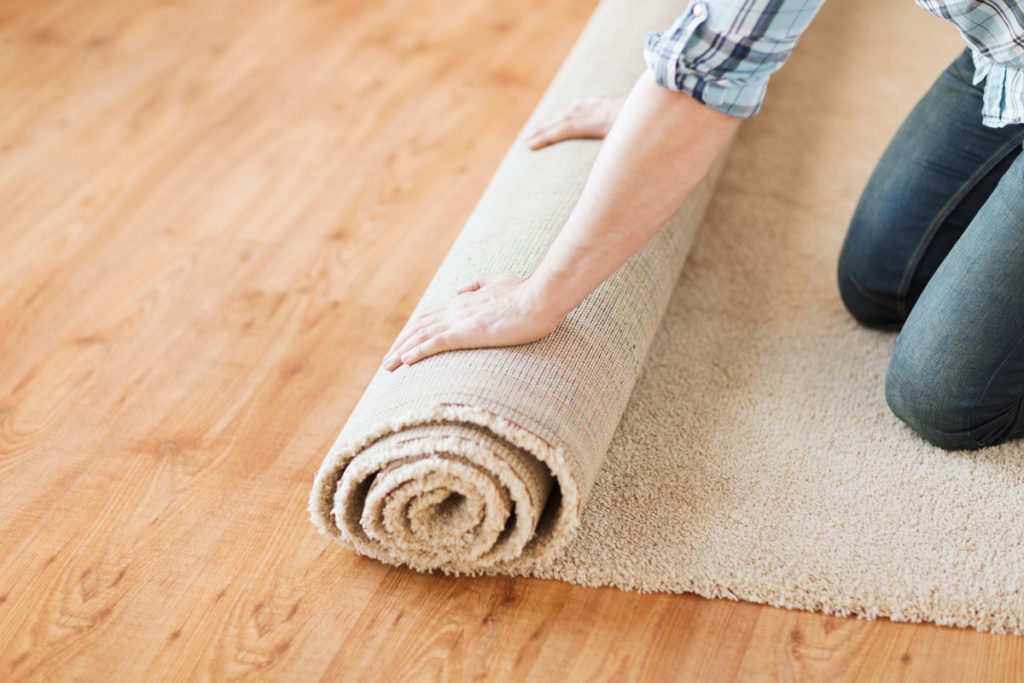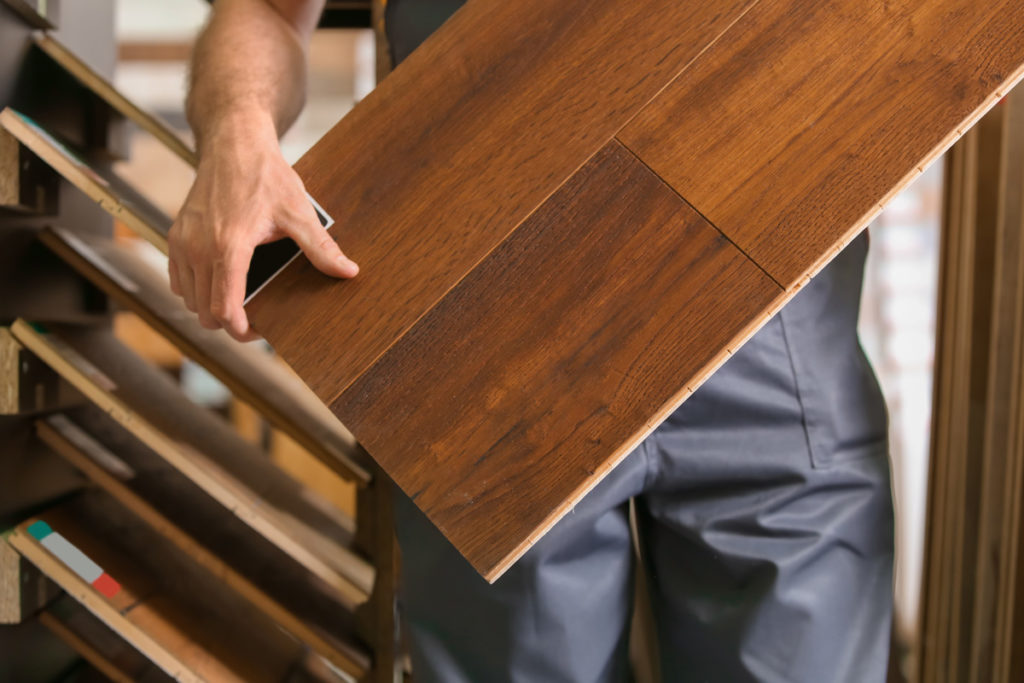Home improvement projects have been all the rage throughout the pandemic. Even in the face of vaccination rollout programs across the country, this trend shows no signs of slowing down. Suffice it to say, the global pandemic has surely reshaped how homeowners interact with their own houses.
Oftentimes these projects can also prove to be quite challenging and stressful. Flooring, in particular, is one of the most difficult areas to renovate around your home. It’s also one of the most overlooked aspects as well. However, getting the right flooring will prove to go a long way in elevating your home overall.
The Art of Choosing

Choosing the right flooring for your home is usually more complicated than you might expect. Current markets offer a wide variety of flooring options for consumers. This can often be too overwhelming for some homeowners, leading them to make wrong decisions that will only be detrimental to them and their homes.
It takes more than just going for the best-looking product or the potential savings you could get for the price range. There are other factors that you also have to consider when choosing different flooring options for your home. Consider following some of these important steps to help you make a more informed decision.
What’s the Use
It’s important to note that each type of flooring serves a particular purpose. For instance, pharmaceutical flooring is best used in hospital and laboratory settings because of its sterile and safe surface. Vinyl, on the other hand, is more commonly placed in commercial kitchens and deli shops because it’s hygienic and easy to clean.
The same idea should be applied when you’re going through a selection of flooring options for your home. Consider your family situation, as well as where the flooring will be installed. If you have young children or pets around the house, go for anti-slip and scratch-resistant floors. For high-moisture areas, especially the bathroom, ceramic or vinyl tiles would be your best bet.
Down the Line
Another crucial element to consider for flooring is its potential returns-on-investment. Ideally, you should want something that will be durable yet aesthetically pleasing to avoid any extensively unnecessary costs later on. This is also very important if you have any plans of putting your property up for sale in the market some time in the future.
Keep in mind that higher-quality flooring will definitely prove to age more beautifully in the long term. However, the particular trade-off is that these will often come at drastically higher price points. It can also be helpful to remain update on the current consumer preferences. Carpet flooring can be very stylish, but it also gets dated fairly quickly. Hardwood floors, on the other hand, are pricey but also very timeless.
Make the Estimates
In line with returns, perhaps the biggest thing you should consider when choosing floors for your home is the cost. Note that floors can be extremely costly, especially since it spans throughout your entire home. Unlike home appliances that can easily be replaced with a set price, budgeting for flooring options involves calculating the square footage you’re planning to improve.
Prices can vary widely depending on the material you would choose to go for. The most cost-effective flooring options will usually go for $2 or less per square foot, while more luxurious types can go up to hundreds of dollars per square foot. Not to mention the additional costs for labor and other materials necessary for installation.
Saving Up

Flooring made of inexpensive materials like laminate and vinyl will usually suit anybody’s budget for improvements. However, if you’re really looking to get the best of both worlds in terms of price and style, don’t let your budget stop you. There are certain plans you could incorporate to save on costs.
Self-installation
You could choose to install your new floors by yourself instead of hiring the services of a professional to do it for you. This will help you save more than half on your allotted budget. However, going down this route heavily depends on the type of flooring you choose and your general skills. Certain materials can prove difficult to install perfectly flat, which can present more costs and potential hazards in the future.
The Best Path
It’s also important to do your research before making a final decision. Be sure to check all the alternatives, some of which can prove to offer the same features you’re looking for at a relatively lower price point. You could also consider shopping at reuse centers where leftover or salvaged materials are being sold. This option is not only economical but also sustainable. Once you’ve finally checked all the boxes, take a sample home and see how it will look in the space you intend to place it in.
Keep It Grounded
Getting your floors just right is a more arduous process than most people realize. When picking through flooring options, consider following this guide to help you make the best decision for yourself and your home.

